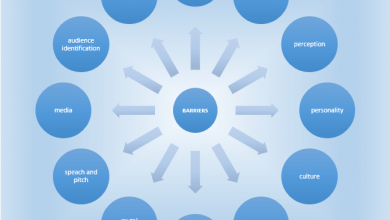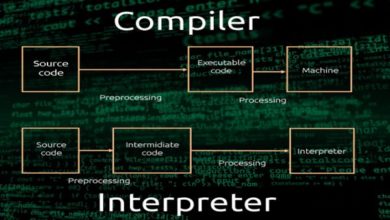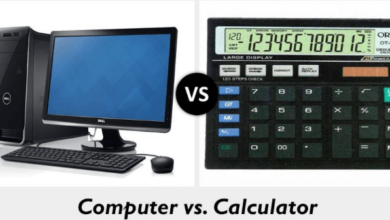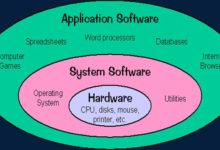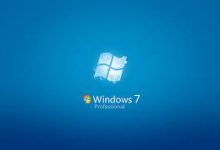Operating System Working | Definition, Types, Functions
Its all about Operating System (OP) with examples
The 1960’s definition of an operating system is “the software that controls the hardware”. However, today, due to microcode we need a better definition. So, we saw an operating system as the program that makes the hardware usable.
“It is the set of programs that controls a computer.” therefore, It is a collection of system software used to manage the overall operation of a computer system.
“It provides a set of services to programs and the user interacts with the operating system indirectly through the programs”. OR “An operating system is the software that takes the raw capabilities of the hardware and builds a more practical platform for the execution of programs.”
Hence, in a nutshell:
- Any mechanism has an operating system.
- It converts real machines into virtual machines.
- A better operating system converts real machines completely into virtual machines.
- If we do not have control of the operating system, then no application will run and a computer becomes a useless thing.
As a result, the op-system is very important.
Operating system and computer
- The operating system is designed to support fully the activities of a computer and therefore, it is like the operator of the whole computer.
- The prime objective of an operating system is to improve the efficiency and performance of a computer system.
- OP-System is like a manager of a company, and hence, OP-system is responsible for the smooth and efficient operation of the entire computer system.
- An OP-System makes the computer user-friendly, and thus it makes the computer easier for people to use.
Main Functions
An OP-System performs these two main functions:
- Resource Sharing
- Provision of a virtual machine
Resource Sharing
An op-system shares the resources of the computer among the users, but the aim of the op-system is to increase the availability of the computer to its users. And at the same time, it maximizes the utilization of resources such as The central processor, memory, and input/output devices.
Many microcomputers are dedicated to a single function and never shared all data. However, large computers are still expensive enough to warrant considerable effort in sharing their resources.
Provision of a Virtual Machine
The second major function of an op-system is to transform a raw piece of hardware into a machine, and therefore it is easier to use by a user.
In further discussion, an op-system must perform the following functions:
- Job sequence
- Job control language interpretation
- Error handling
- I/O handling
- Interrupt handling
- Scheduling
- Resource control
- Protection
- Multi-access
- Provision of the good interface to the operator
- Accounting of computing resources
